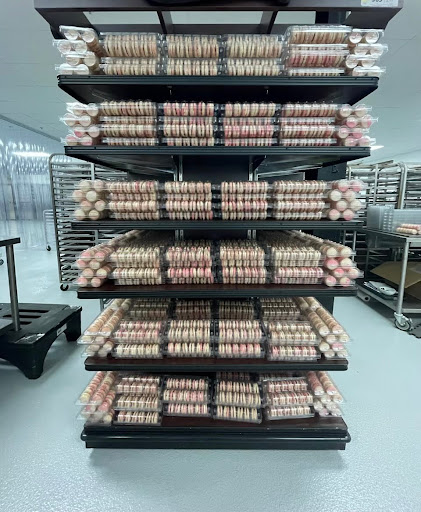As luxury goods increasingly penetrate everyday lives, the food industry is stepping up to the plate of consumer demand. With prepackaged chocolate eclairs, crepes, tiramisu, beignets, and palmiers now available at many major chain stores, it's clear that desserts that were previously reserved for bakeries and patisseries have found their way around the world through innovations in mass manufacturing processes. Yet, one delectable dessert remains mysteriously missing from supermarket cafe displays behind glass: macarons.
Despite their inaccessibility, they've grown in market penetration 13-fold over the last decade. Combining their United States and Europe market sizes, macarons are projected to grow from $1.43 billion in 2022 to $3.
17 billion by 2033. That's because apart from their prestige status in Europe, they are utterly delightful pockets of flavor for an increasingly health-conscious consumer base. Parisian macarons are precious, palm-sized sweet confections made of two meringue cookies filled with ganaches, jams, or buttercreams.
The wide variety of flavors that chefs can play with maintain a subtly sweet nuttiness, and combined with a delightfully flaky texture, they make for the perfect celebration to any occasion, whether a sweet treat during midday breaks or a wedding gift. Additionally, they are less sugary than other comparable pastries, are gluten-free, and healthy ingredients can easily be added to boost their nutritional value. For example, Macaron Queen's o.


















